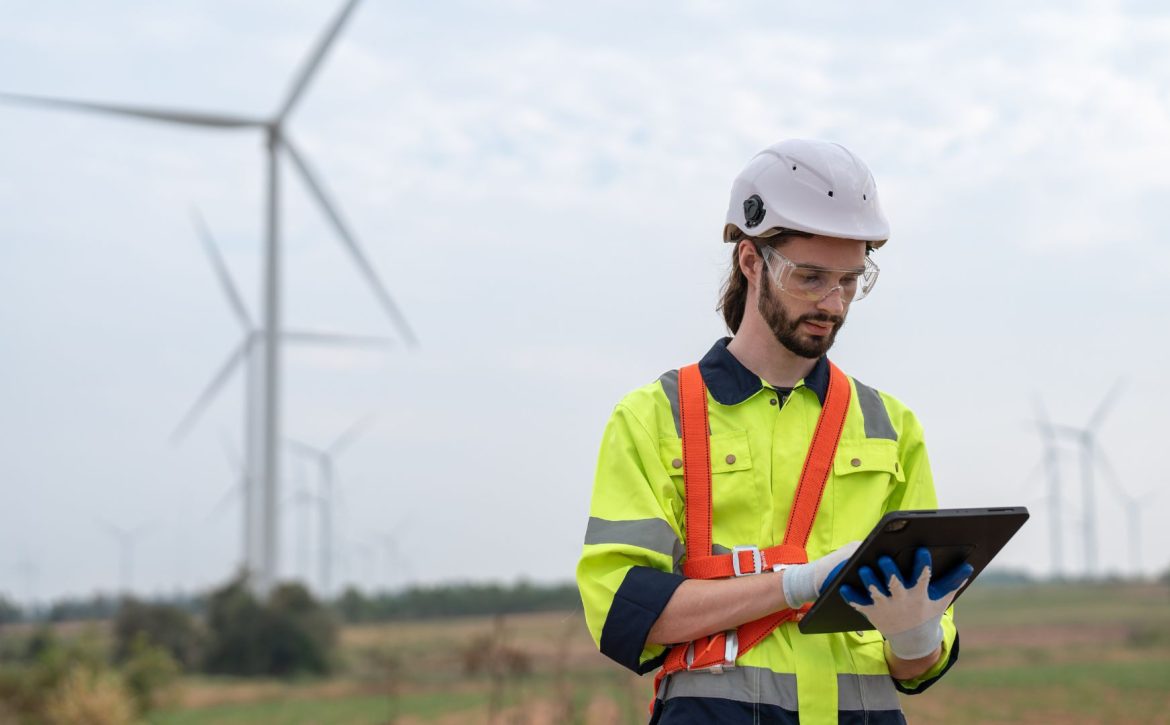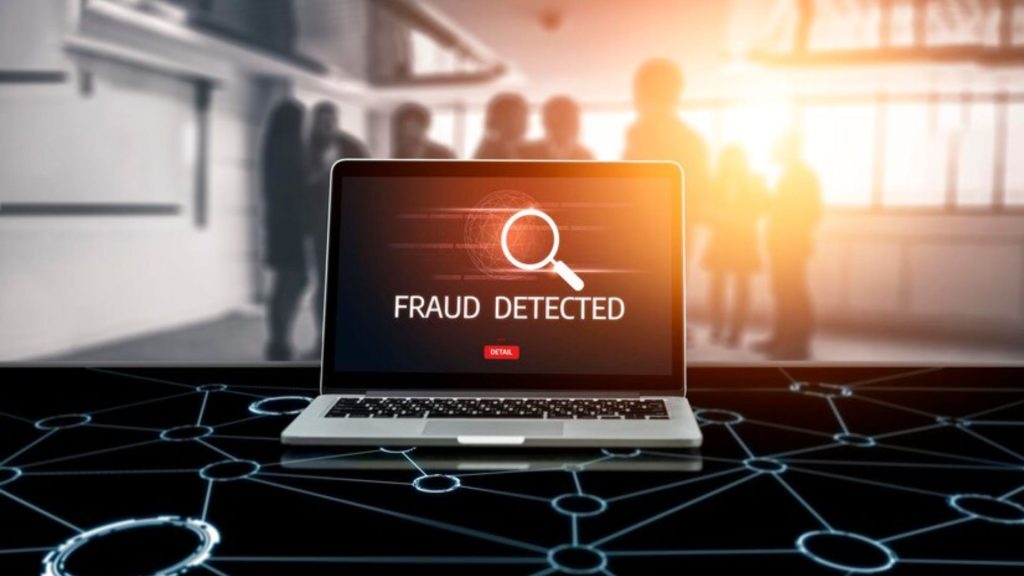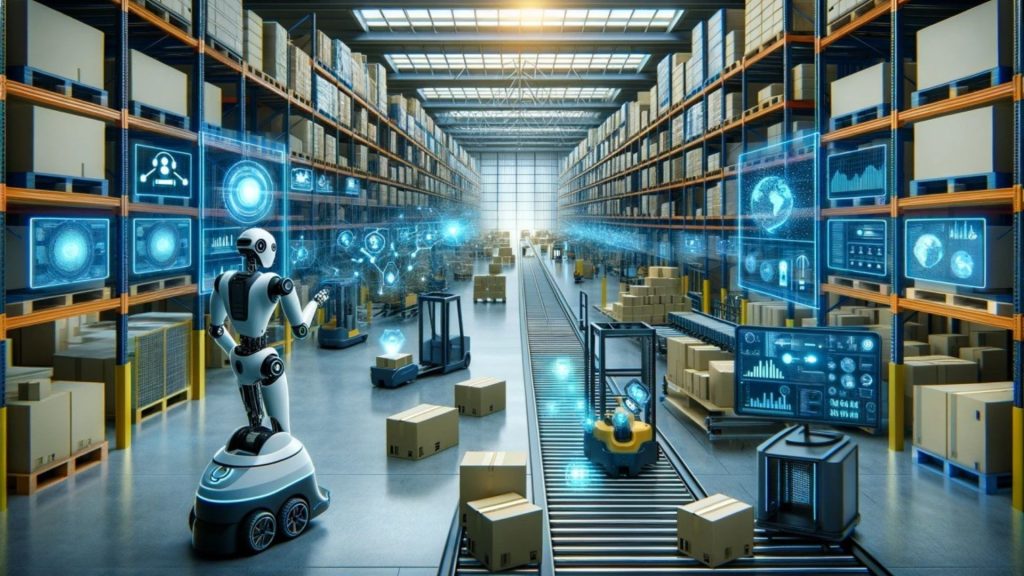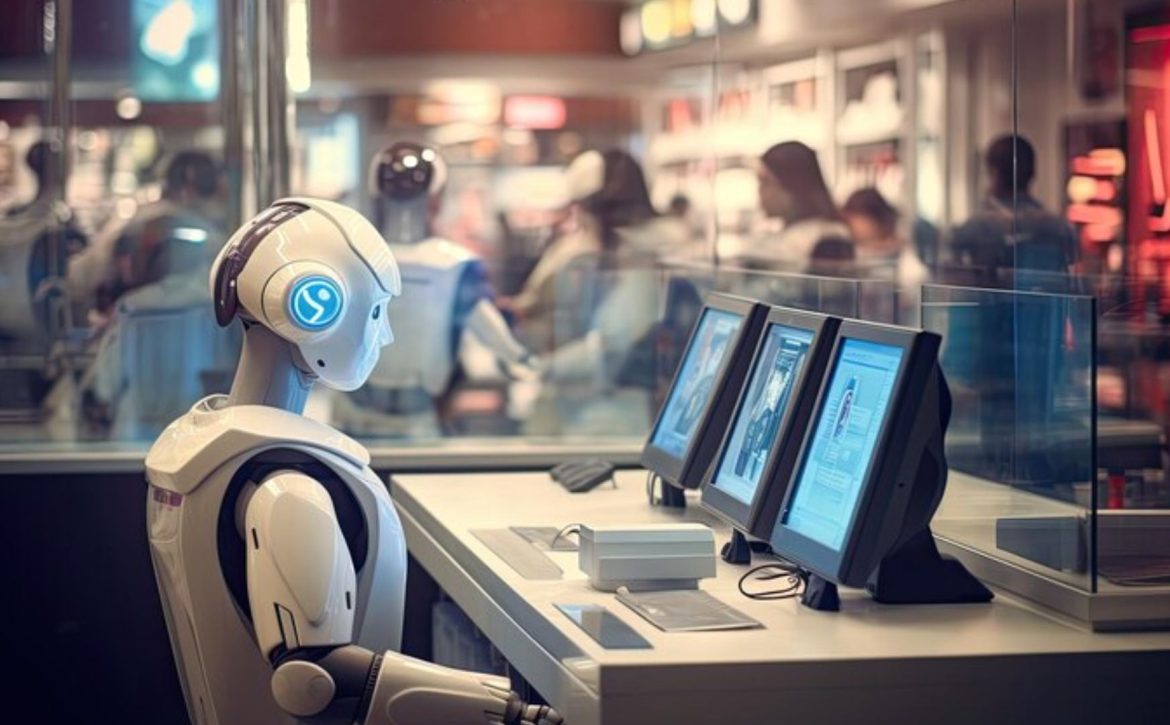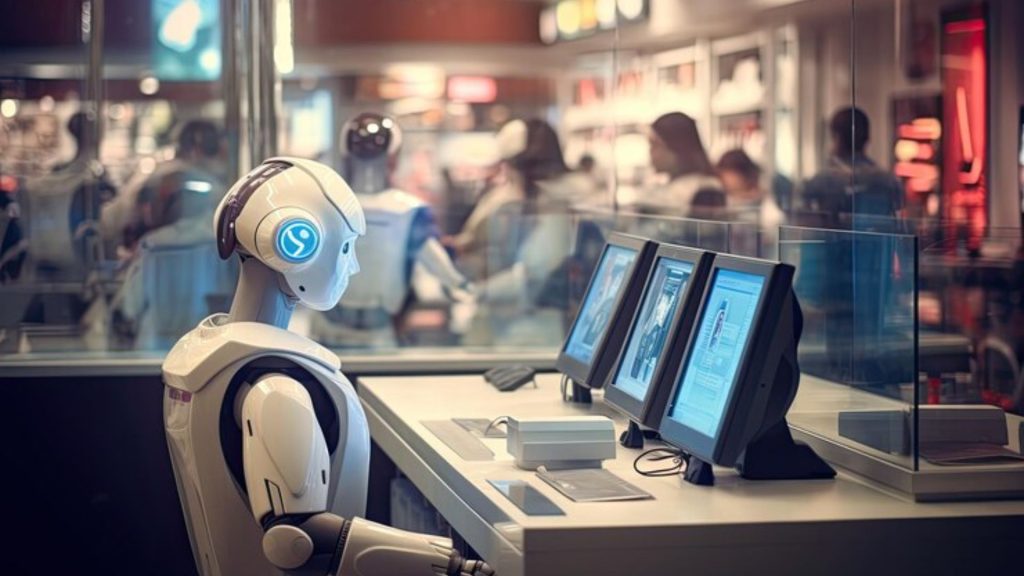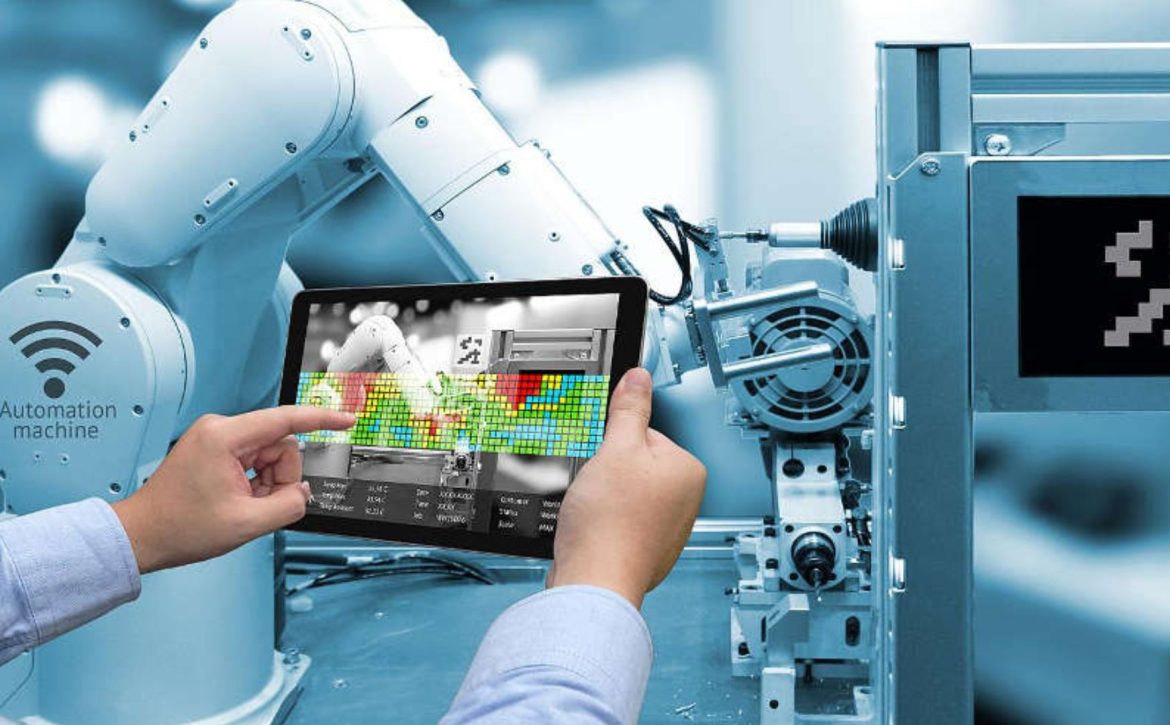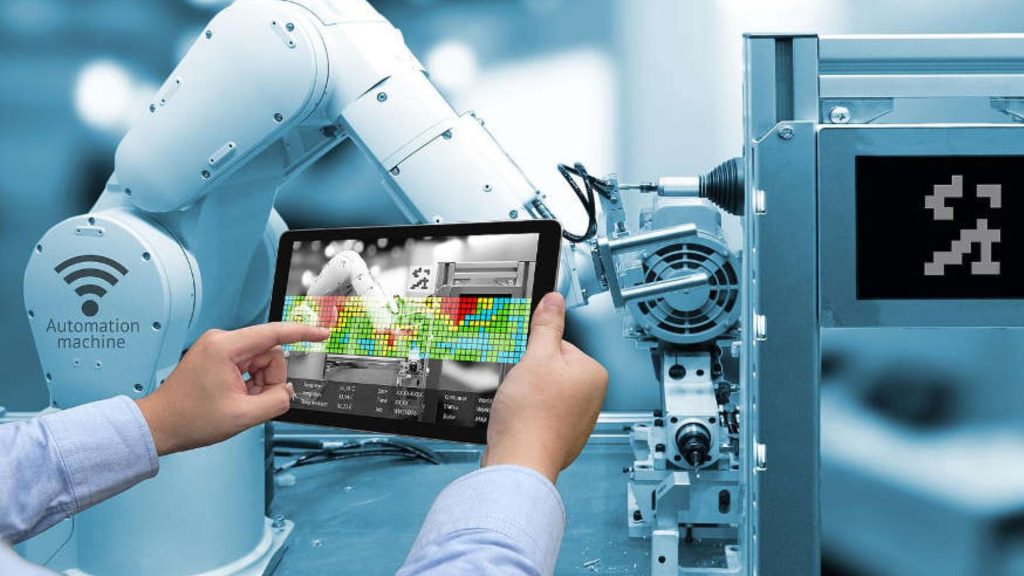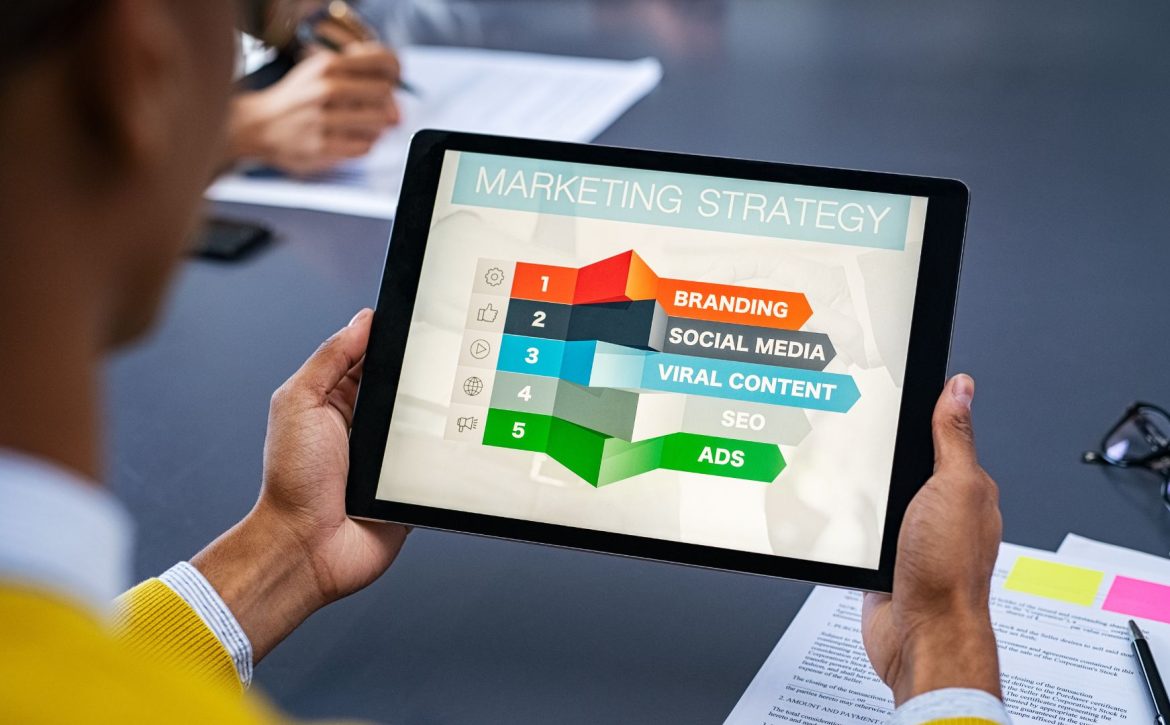How Machine Learning is Advancing Renewable Energy Forecasting
How Machine Learning is Advancing Renewable Energy Forecasting
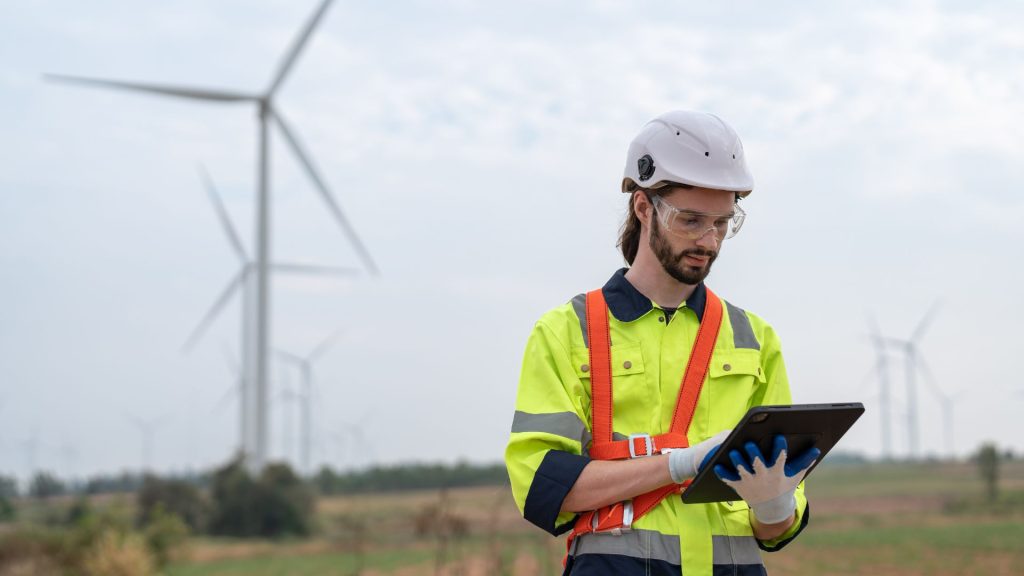
Introduction
The transition to renewable energy is crucial for addressing climate change and achieving global sustainability goals. However, integrating renewable energy sources such as solar and wind into the power grid presents unique challenges, primarily due to their intermittent and unpredictable nature. Accurate forecasting of renewable energy production is essential for efficient grid management, balancing supply and demand, and ensuring grid stability. Machine Learning (ML), a subset of Artificial Intelligence (AI), is playing a transformative role in advancing renewable energy forecasting by leveraging large datasets, analyzing complex patterns, and providing accurate predictions. This article explores how ML is advancing renewable energy forecasting, the techniques involved, benefits, challenges, and real-world applications.
The Need for Renewable Energy Forecasting
Challenges of Renewable Energy Integration
Renewable energy sources, such as solar and wind, are inherently variable and depend on weather conditions, making their power output challenging to predict. This variability presents several challenges:
- Grid Stability: Fluctuations in renewable energy production can cause imbalances in the power grid, leading to stability issues.
- Energy Storage Limitations: Effective energy storage solutions are needed to manage surplus energy production during peak times, which adds complexity and cost.
- Supply and Demand Balancing: Accurate forecasting is needed to match energy production with consumption, avoiding energy wastage or shortages.
The Importance of Accurate Forecasting
Accurate forecasting of renewable energy production is vital for several reasons:
- Efficient Grid Management: Helps operators make informed decisions about when to bring additional power plants online or when to store excess energy.
- Cost Reduction: Reduces the need for costly backup power and minimizes the financial risks associated with energy imbalances.
- Increased Renewable Penetration: Enhances the ability of the grid to accommodate a higher proportion of renewable energy sources.
Machine Learning Techniques in Renewable Energy Forecasting
Supervised Learning for Time Series Forecasting
Supervised learning is one of the most common ML approaches used in renewable energy forecasting. It involves training models on historical data to predict future values. Key techniques include:
- Linear Regression: A simple method for modeling the relationship between variables, such as solar radiation and power output.
- Support Vector Machines (SVM): Used for regression tasks, SVM models can handle nonlinear relationships between features and target variables.
- Neural Networks: Deep learning models, such as Feedforward Neural Networks, can capture complex nonlinear relationships and have proven effective in energy forecasting.
Recurrent Neural Networks (RNNs) and LSTMs
RNNs, particularly Long Short-Term Memory (LSTM) networks, are widely used in renewable energy forecasting due to their ability to learn from sequential data:
- Handling Temporal Dependencies: LSTMs can model the temporal dependencies in time series data, making them ideal for forecasting solar and wind energy output.
- Capturing Long-Term Patterns: LSTMs can retain information over long sequences, capturing seasonal variations and long-term trends in energy production.
Ensemble Methods
Ensemble learning combines multiple models to improve the accuracy and robustness of predictions:
- Random Forests: An ensemble of decision trees that can be used to forecast renewable energy output based on historical weather data and other relevant features.
- Gradient Boosting Machines (GBM): Techniques like XGBoost are used to enhance prediction accuracy by correcting errors made by previous models.
Clustering Techniques
Unsupervised learning techniques, such as clustering, are used to group similar patterns in energy production data:
- K-Means Clustering: Used to segment similar days based on weather patterns, enabling more accurate day-ahead energy forecasts.
- DBSCAN: A density-based clustering method that identifies outliers and unusual energy production patterns, helping improve model reliability.
Reinforcement Learning
Reinforcement learning is used to optimize energy management and forecasting:
- Grid Balancing: Reinforcement learning algorithms learn optimal strategies for balancing supply and demand based on forecasted energy production.
- Storage Management: Optimizes the use of battery storage systems to store excess energy during peak production periods and release it during shortages.
Data Sources for Renewable Energy Forecasting
Weather Data
Weather data plays a crucial role in forecasting renewable energy production:
- Satellite Data: Provides information on solar radiation, cloud cover, and temperature, which are key factors for solar energy forecasting.
- Wind Speed and Direction: Meteorological stations provide wind speed and direction data, essential for predicting wind energy output.
- Historical Weather Records: Past weather data is used to train ML models to understand the relationship between weather patterns and energy production.
SCADA Data
Supervisory Control and Data Acquisition (SCADA) systems collect real-time data from renewable energy assets:
- Turbine and Panel Data: Provides information on the operational status of wind turbines and solar panels, including output levels, temperatures, and faults.
- Grid Data: Data on power flows and energy consumption helps in balancing supply with demand.
Topographical and Seasonal Data
Geographical and seasonal data are also important:
- Elevation and Terrain: Influences wind speed and solar radiation, affecting renewable energy production.
- Seasonal Patterns: Capturing seasonal variations helps ML models make more accurate predictions during different times of the year.
Benefits of Machine Learning in Renewable Energy Forecasting
Improved Prediction Accuracy
ML models can capture complex, nonlinear relationships in data, providing more accurate energy production forecasts than traditional statistical methods. This improved accuracy helps grid operators better manage fluctuations and maintain grid stability.
Real-Time Forecasting
ML algorithms can process real-time data, providing up-to-the-minute forecasts. This enables grid operators to make rapid decisions, such as adjusting power output or activating storage solutions, to maintain grid balance.
Better Grid Stability and Management
Accurate forecasts allow grid operators to anticipate changes in renewable energy production and adjust other power sources accordingly. This helps maintain grid stability and prevents power outages caused by sudden fluctuations in renewable energy output.
Cost Reduction
Improved forecasting reduces the reliance on expensive backup power plants and minimizes energy wastage, leading to significant cost savings for utility companies. Accurate forecasts also lower the financial risks associated with imbalances in energy supply and demand.
Increased Renewable Penetration
Accurate energy forecasting enables higher renewable energy penetration into the grid by reducing the uncertainty associated with intermittent renewable sources. This supports the transition to cleaner energy and reduces greenhouse gas emissions.
Optimized Energy Storage
ML models can optimize the use of energy storage systems by predicting periods of surplus production and high demand. This ensures that energy is stored efficiently and used effectively when needed, reducing wastage and improving energy availability.
Real-World Applications of ML in Renewable Energy Forecasting
Google’s DeepMind and Wind Energy
Google’s DeepMind has applied ML to optimize wind energy production from its wind farms in the United States:
- Wind Power Forecasting: ML models predict wind power output 36 hours in advance, allowing Google to make more informed decisions about energy storage and grid integration.
- Increased Revenue: By improving the predictability of wind energy, Google has increased the value of its wind power by approximately 20%.
IBM’s Watson for Renewable Energy
IBM’s Watson has been used to forecast renewable energy production and optimize grid management:
- Solar Power Forecasting: Watson uses satellite data, weather forecasts, and historical data to predict solar energy output for utility companies.
- Wind Farm Optimization: IBM’s AI models help optimize wind turbine operation, increasing efficiency and reducing maintenance costs.
National Renewable Energy Laboratory (NREL)
The NREL has leveraged ML to improve renewable energy forecasting across various projects:
- Wind and Solar Forecasting: ML models analyze weather data and historical production to provide accurate forecasts for wind and solar farms.
- Grid Integration Studies: NREL uses ML to study the impact of renewable energy integration on grid stability and resilience.
Siemens Gamesa Renewable Energy
Siemens Gamesa uses ML to enhance the efficiency of its wind farms:
- Predictive Maintenance: ML models analyze turbine data to predict maintenance needs, reducing downtime and ensuring optimal energy production.
- Energy Forecasting: Siemens Gamesa’s ML models predict wind power output, helping grid operators make informed decisions about balancing energy supply.
Challenges in Using Machine Learning for Renewable Energy Forecasting
Data Quality and Availability
The accuracy of ML models depends heavily on the quality and quantity of data available:
- Data Gaps: Missing or inconsistent data can affect model performance and accuracy.
- Limited Historical Data: In some regions, there may be limited historical data available, making it challenging to train accurate models.
Complex Weather Patterns
Weather patterns are complex and influenced by numerous factors, making accurate modeling a significant challenge:
- Microclimates: Local weather variations, such as microclimates, can be difficult to predict accurately.
- Nonlinearity: The nonlinear nature of weather data requires sophisticated ML models capable of handling such complexities.
Model Interpretability
Many ML models, especially deep learning models, are often considered “black boxes,” making it difficult to understand how they arrive at their predictions:
- Explainability: It can be challenging to explain the reasoning behind a model’s prediction, which is a critical requirement for energy operators and regulators.
- Trust Issues: The lack of interpretability can lead to a lack of trust among stakeholders, limiting the adoption of ML models.
Computational Requirements
Training ML models for renewable energy forecasting can be computationally intensive:
- Processing Power: High-performance computing infrastructure is required to handle the vast amounts of data involved.
- Energy Consumption: Training large models can be energy-intensive, potentially offsetting some of the environmental benefits of renewable energy.
Integration with Existing Systems
Integrating ML models into existing grid management and control systems can be challenging:
- Compatibility Issues: Ensuring that ML models are compatible with legacy systems can require significant adjustments.
- Real-Time Requirements: ML models need to provide forecasts in real-time, which can be challenging given the computational requirements.
Future Trends in ML for Renewable Energy Forecasting
Hybrid Models
Hybrid models that combine ML with traditional physics-based models are gaining traction:
- Improved Accuracy: Combining the strengths of both ML and physical models can improve the accuracy of renewable energy forecasts.
- Enhanced Robustness: Hybrid models can provide more reliable predictions under a wider range of conditions.
Federated Learning
Federated learning is an emerging approach that enables decentralized ML training:
- Data Privacy: Allows different entities (e.g., wind farms, solar farms) to collaborate on training a model without sharing sensitive data.
- Scalability: Supports large-scale collaborative learning across multiple energy assets.
Integration with IoT and Smart Grids
The integration of ML with IoT devices and smart grid infrastructure will enhance renewable energy forecasting:
- Real-Time Data Collection: IoT sensors provide real-time data, improving the accuracy of ML forecasts.
- Smart Grid Optimization: ML models can optimize energy flows in smart grids, balancing renewable production with consumption more effectively.
Use of Quantum Computing
Quantum computing has the potential to revolutionize renewable energy forecasting by solving complex optimization problems more efficiently:
- Enhanced Computational Power: Quantum algorithms could process vast datasets faster, providing highly accurate forecasts.
- Complex Weather Modeling: Quantum computing may improve the modeling of complex weather systems, leading to better renewable energy predictions.
AI-Powered Energy Market Optimization
AI will increasingly be used to optimize energy markets by providing accurate forecasts for trading and energy dispatch:
- Market Bidding: ML models will help energy producers make informed bids in energy markets based on predicted renewable output.
- Demand Response: Accurate forecasts will support demand response programs, where energy consumers adjust their usage based on predicted renewable production.
Conclusion
Machine Learning is playing a critical role in advancing renewable energy forecasting by providing accurate predictions that enhance grid stability, reduce costs, and facilitate the integration of renewable energy into the power grid. Through the use of techniques such as supervised learning, RNNs, ensemble methods, and reinforcement learning, ML models are transforming how energy operators predict and manage renewable energy production. Despite challenges related to data quality, computational requirements, and model interpretability, the benefits of ML in renewable energy forecasting are clear. The future holds great promise, with advancements in hybrid models, federated learning, IoT integration, and quantum computing set to further enhance the accuracy and reliability of renewable energy forecasts. As the world moves towards a cleaner energy future, ML will be at the forefront of ensuring that renewable energy is harnessed efficiently and sustainably.
